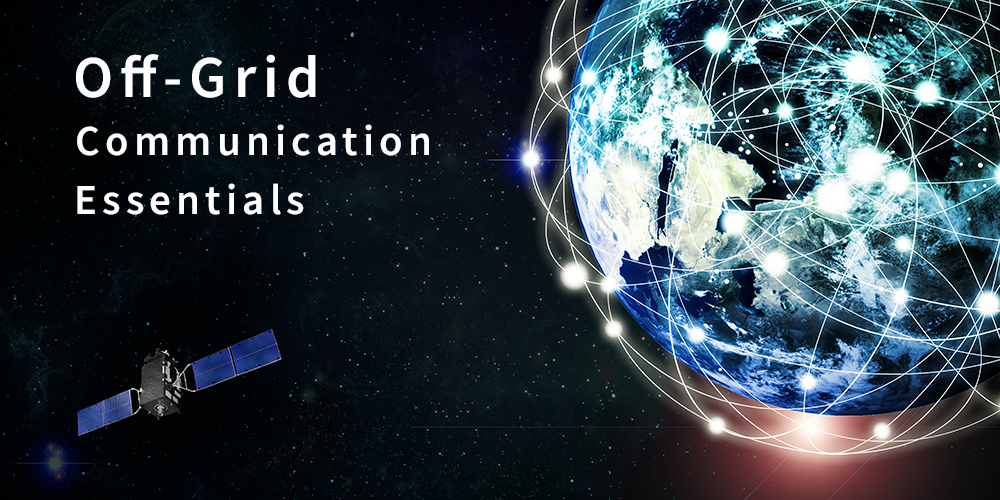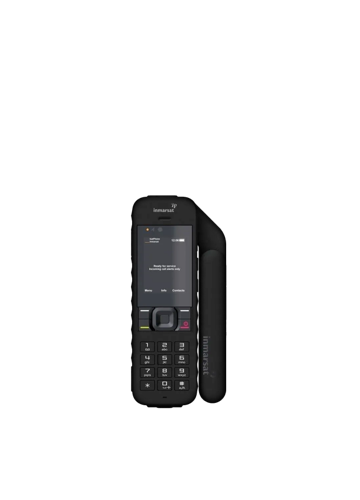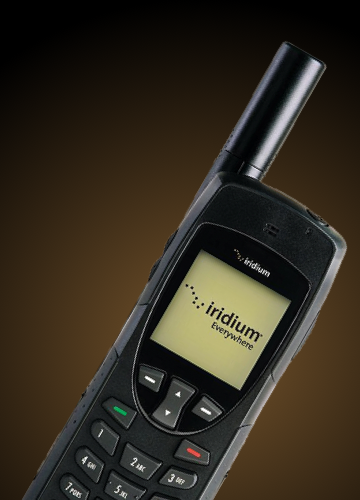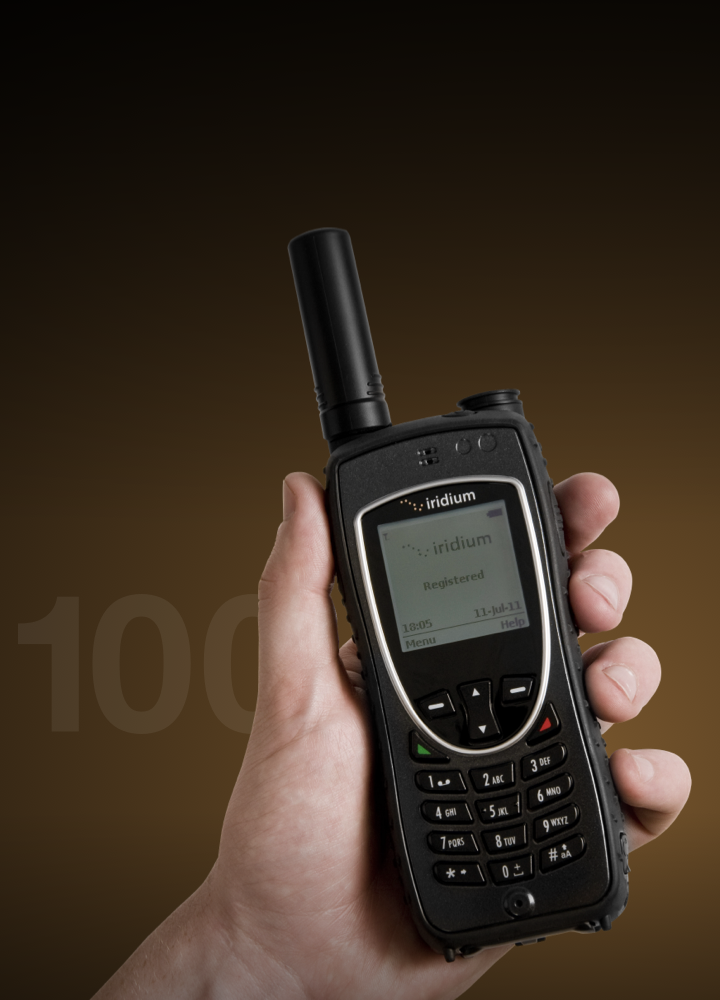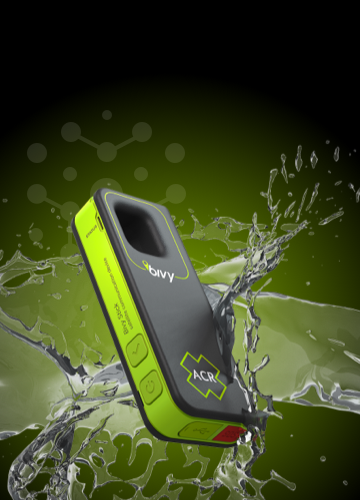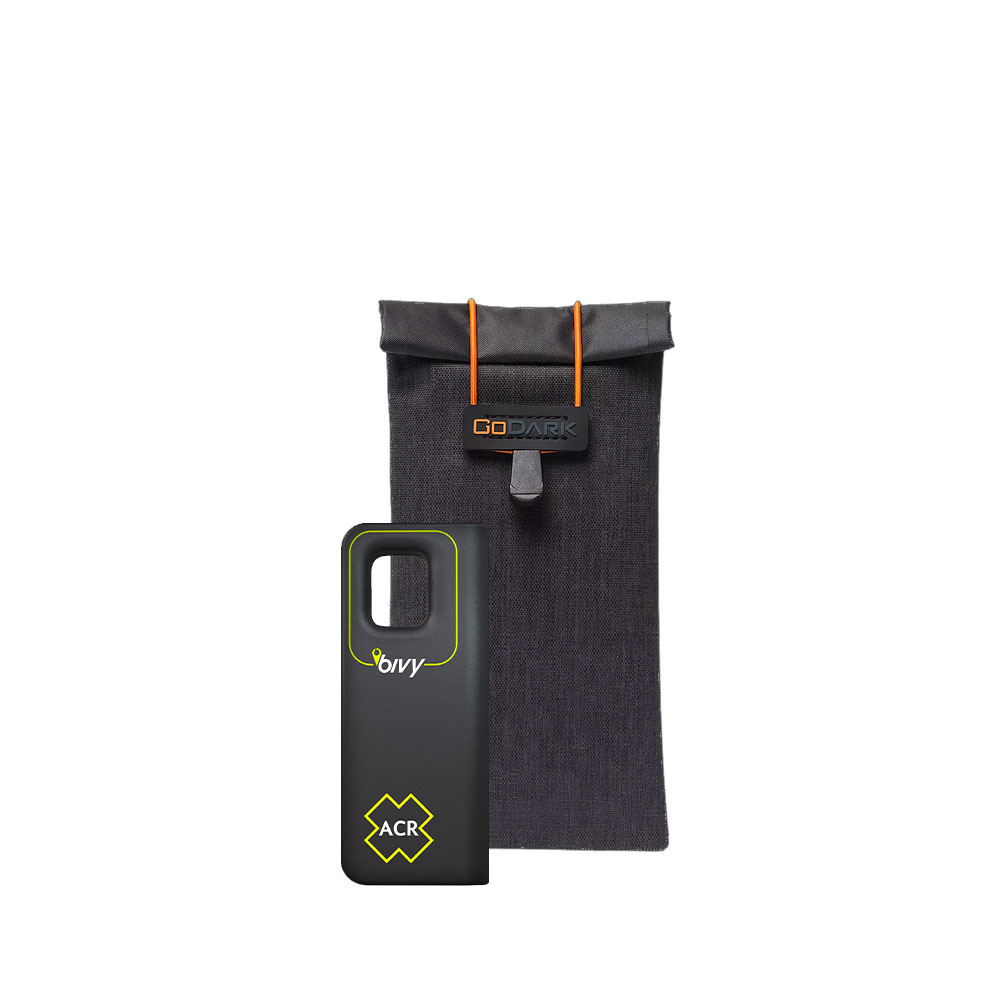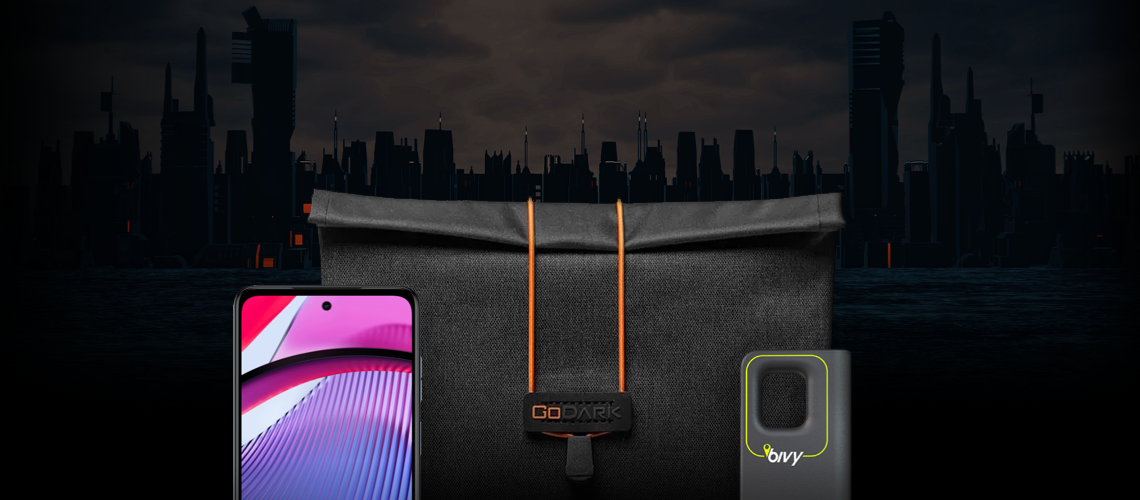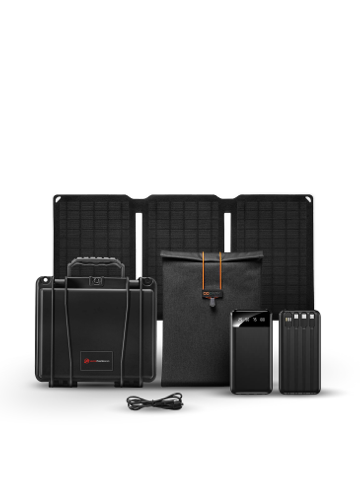In today’s interconnected world, Off Grid Communication Essentials often takes instant conveyance for granted. But what happens when you find yourself in remote areas or during emergencies where traditional networks fail? This is where off-grid communication essentials become invaluable. Tools like satellite phones, bivy sticks, faraday bags, and off grid solar panel emergency bundles are not just convenient; they can be lifesaving. Understanding these devices and their importance can help you stay connected no matter where you are.
Why Off Grid Communication Essentials Matter
Whether you’re an avid adventurer, a survival enthusiast, or someone preparing for unforeseen circumstances, reliable communication is critical. Natural disasters, power outages, or even traveling to remote locations can disrupt traditional communication systems. Off-grid communication tools fill this gap, ensuring that you can maintain contact with loved ones or call for help when needed.
One of the main reasons these tools are trending is the growing awareness of their importance. Events like hurricanes, wildfires, and earthquakes have shown the fragility of modern infrastructure. Moreover, outdoor activities such as hiking, camping, and boating have gained popularity, pushing more people to seek reliable communication options.
Essential Off-Grid Communication Tools
Satellite Phones
Satellite phones are among the most reliable off-grid communication devices. Unlike cell phones, which rely on local towers, satellite phones connect directly to orbiting satellites. This makes them effective even in the most remote locations, such as deep forests, mountains, or open seas. Popular models are lightweight, durable, and equipped with features like GPS tracking and text messaging capabilities.
Phone Differences
The primary difference between Inmarsat phones, Iridium phones, and other regular satellite phones lies in the satellite networks they use, coverage areas, and the features they offer. Here’s a breakdown:
Inmarsat Phones
- Network: Operates on a geostationary satellite network (GEO). These satellites orbit the Earth at a fixed position relative to the ground.
- Coverage: Covers most of the Earth, excluding the extreme polar regions. Strong coverage in mid-latitudes and major maritime regions.
- Latency: Generally low due to the geostationary orbit’s relatively stable connection.
- Key Features:
- Reliable voice and data services.
- Suitable for maritime, aviation, and land-based applications.
- Devices are often smaller and lighter compared to Iridium phones.
- Limitations: Coverage gaps near the poles; requires a clear line of sight to the satellite for connectivity.
Iridium Phones
Network: Operates on a low Earth orbit (LEO) satellite network. These satellites move in orbits that allow global coverage, including the poles.
Coverage: Provides 100% global coverage, including oceans, poles, and remote areas.
Latency: Minimal latency due to the closer proximity of LEO satellites to Earth.
Key Features: Exceptional global connectivity.
Ideal for polar expeditions and highly remote locations.
Features like push-to-talk and robust emergency services.
Limitations: Slightly bulkier phones compared to Inmarsat; requires frequent satellite handovers as satellites orbit overhead.
Regular Satellite Phones
- Network: Varies widely depending on the manufacturer and service provider. Some use regional satellite networks (like Thuraya), while others rely on specific systems.
- Coverage: Generally regional or limited to specific areas unless they are using global networks like Iridium or Inmarsat.
- Latency: Depends on the satellite type (LEO or GEO).
- Key Features:
- Can offer competitive pricing for regional users.
- Devices may cater to specific industries or regions.
- Limitations: Often lacks the global coverage or advanced features of Iridium or Inmarsat phones. May require separate devices for different regions.
Summary of Key Differences
| Feature | Inmarsat | Iridium | Regular Satellite Phones |
|---|---|---|---|
| Satellite Type | GEO (Geostationary) | LEO (Low Earth Orbit) | Varies (LEO, GEO, or others) |
| Coverage | Near-global (excludes poles) | Truly global (includes poles) | Regional or semi-global |
| Latency | Low | Minimal | Varies |
| Best For | Maritime, aviation, general use | Polar regions, extreme remoteness | Regional users |
| Device Size | Compact and lightweight | Slightly bulkier | Varies |
Each option serves specific needs based on location, intended use, and budget. Iridium is unmatched for true global connectivity, while Inmarsat is a strong choice for wide-area use outside polar regions. Regular satellite phones can be suitable for localized needs with cost efficiency.
Bivy Sticks
Bivy sticks are compact and versatile devices that transform your smartphone into a satellite communication tool. By pairing with your phone, they enable you to send messages, track your location, and access weather updates without relying on cell service. These devices are ideal for outdoor enthusiasts who want to travel light but stay connected. The bivy stick with faraday bag is shown on the right.
Faraday Bags
Faraday bags are essential for safeguarding your devices from electromagnetic interference and hacking attempts. These specially designed pouches block signals, ensuring that your devices remain secure. They are particularly useful during emergencies when you need to protect sensitive information or shield electronics from EMP (electromagnetic pulse) events.
Solar Panels | Off Grid Emergency Bundles
The Off-Grid Solar Panel Emergency Bundle is a versatile solution designed to provide reliable power during emergencies or in remote locations where traditional electricity is unavailable. These bundles typically combine portable solar panels with essential power storage and connectivity tools to ensure you’re prepared for any situation. Here’s what you need to know about them:
The Off-Grid Solar Panel Emergency Bundle is a versatile solution designed to provide reliable power during emergencies or in remote locations where traditional electricity is unavailable. These bundles typically combine portable solar panels with essential power storage and connectivity tools to ensure you’re prepared for any situation. Here’s what you need to know about them:
Key Features of Off-Grid Solar Panel Bundles
- Portable Solar Panels:
- Lightweight and foldable, making them easy to transport and set up in various locations.
- Designed to capture sunlight efficiently, even in less-than-ideal conditions.
- Durable materials withstand outdoor environments, including rain and UV exposure.
- Power Storage Solutions:
- Bundles often include power banks or solar generators to store energy.
- These storage units feature multiple output ports, including USB, AC, and DC, to charge a variety of devices.
- High-capacity batteries ensure extended use during prolonged outages or emergencies.
- Device Compatibility:
- Can charge phones, tablets, laptops, radios, satellite phones, and even small appliances like lights or fans.
- Some bundles come with adapters or connectors for versatility.
- Emergency Features:
- Many include built-in LED lights for illumination.
- Additional features like SOS signals, waterproofing, or rugged cases make them ideal for emergencies.
- Designed to be dependable in survival scenarios, natural disasters, or off-grid adventures.
Benefits of an Off-Grid Solar Panel Emergency Bundle
- Energy Independence: Harness the power of the sun to stay powered up without relying on grid electricity.
- Eco-Friendly: Solar panels provide clean, renewable energy, reducing reliance on gas-powered generators.
- Preparedness: These bundles ensure you have access to power during blackouts, natural disasters, or remote travel.
- Versatility: Suitable for charging essential devices, powering small tools, and maintaining communication during emergencies.
Why a Must-Have
- Emergency Preparedness:
- When storms or outages hit, these bundles allow you to keep critical devices like satellite phones and medical equipment operational.
- Off-Grid Living:
- Perfect for camping, hiking, or living off the grid, providing consistent power wherever you are.
- Compact & Lightweight:
- Modern designs make them easy to carry, store, and deploy when needed, even for solo travelers.
- Long-Term Investment:
- Durable and efficient, these bundles pay off over time by reducing dependency on disposable batteries or gas generators.
Popular Components in a Bundle
- Solar Panel Specifications: Usually 20W to 200W, depending on power needs.
- Battery Capacity: Typically ranges from 10,000 mAh to several hundred watt-hours.
- Extras: USB cables, adapters, carry cases, or integrated kickstands for easy setup.
Adding an Off-Grid Solar Panel Emergency Bundle to your emergency preparedness kit enhances self-reliance and provides peace of mind. Whether you’re facing an unexpected power outage, traveling off the beaten path, or preparing for long-term off-grid living, these bundles are an indispensable tool for staying connected and powered up.
Benefits of Off-Grid Communication Essentials
Off-grid communication tools offer several advantages, making them indispensable for various scenarios:
- Enhanced Safety: These devices provide peace of mind by ensuring you can call for help in emergencies, whether you’re lost in the wilderness or facing a natural disaster.
- Global Reach: Satellite-based tools work in areas where traditional networks are unavailable, ensuring connectivity even in the most isolated regions.
- Preparedness: Investing in off-grid communication tools is a proactive step toward disaster readiness. They can be the difference between timely assistance and prolonged danger.
Choosing the Right Tools for Your Needs
When selecting off-grid communication devices, it’s essential to consider your specific needs. Are you looking for a lightweight option for weekend hikes, or do you need a robust solution for long-term preparedness? Evaluate factors such as battery life, durability, and additional features like SOS buttons or weather forecasting capabilities.
Additionally, consider compatibility and ease of use. Devices like bivy sticks pair seamlessly with smartphones, offering a familiar interface. Meanwhile, satellite phones might require a learning curve but provide unmatched reliability. Faraday bags, on the other hand, are straightforward and versatile, making them a must-have for anyone concerned about digital security.
The Future of Off-Grid Communication
As technology advances, off-grid communication tools continue to evolve, becoming more efficient and user-friendly. The demand for these devices is likely to grow as people prioritize preparedness and self-reliance. Manufacturers are already developing solutions with longer battery life, enhanced connectivity, and additional features like solar charging capabilities.
Not Just a Trend
Off-grid communication essentials are a crucial investment in safety, survival and preparedness. Whether you’re exploring the great outdoors or preparing for emergencies, these tools ensure you’re never truly alone. By understanding the options available and choosing the right devices for your needs, you can confidently navigate any situation. Stay connected, stay safe, and embrace the freedom of off-grid communication.

